New findings from the Established Status Epilepticus Treatment Trial (ESETT) were released on March 20, 2020 in The Lancet that validate the use of three drugs and give acute care healthcare providers options when it comes to treating patients with refractory status epilepticus across all age groups. The Cincinnati CTSA, Center for Clinical and Translational Science and Training (CCTST) Acute Care Council (ACRC) Co-Director, Lynn Babcock, MD, MS, co-author on the publication, explains that these results, along with other recent related studies, will inform evidence-based status epilepticus management pathways.
As in the parent study published in the November 28, 2019 issue of the New England Journal of Medicine, the three most common treatment options administered in the emergency department for patients who experience refractory status epilepticus: levetiracetam (LEV), fosphenytoin (FOS) and valproate (VPA), are equally effective in each of the three age groups: children (<18 years), adults (18-65 years, and older adults (>65 years). The primary outcome of, was cessation of clinically apparent seizures with improving mental status at 60 minutes after the start of study drug infusion, without administering other anticonvulsant medications (including medications for intubation). Each agent had about a 50% efficacy of refractory status cessation; 52% LEV (95% CI 41%-62%), 49% FOS (95%CI 38%-61%), and 52% VPA (95%CI 41%-63%).
Within each age group, there were no differences in the primary safety outcomes of life-threatening hypotension or cardiac arrhythmia within 60 minutes of the start of study drug infusion. The only secondary safety outcome that differed by drug was within the pediatric age group, where endotracheal intubation within 60 minutes of the start of study drug infusion occurred more frequently in the FOS group: 8% LEV, 33% FOS, and 11% VPA, Fisher’s exact test p-value 0.0001. Other secondary safety outcomes did not differ by drug within each age group (acute seizure recurrence 60 minutes to 12 hours after start of study drug infusion, acute respiratory depression at any time during the study period, and mortality).
Many departments at both University of Cincinnati (UC) and Cincinnati Children’s Hospital Medical Center (CCHMC) were instrumental in the conduct of this study. CCHMC was the second leading pediatric enrollment site. Since this was a time-sensitive study comparing three commonly used agents, this study was conducted using the Exception from Informed Consent (EFIC) process requiring both pre-study Public Disclosure and Community Consultation, and post-study Public Disclosure. UC and CCHMC collaboratively conducted all these activities. For both pre-study and post-study EFIC activities, the study team engaged the CCTST ACRC to develop public disclosure plans and the CCTST Community Engagement Core assisted with community consultation.
Dr. Chan facilitating an insitu simulation of an ESETT eligible patient in the Emergency Department
Both the UC and CCHMC Emergency Departments Research Teams want to thank all who were involved. This was a truly collaborative, multidisciplinary study that involved emergency medicine doctors, neurologists, pediatricians, internists, intensivists, pharmacologists and biostatisticians all contributing their expertise. This also serves as a reminder of the valuable contributions that our late CCHMC Pediatric Emergency Medicine colleague, Dr. Steven Chan, made to advance the care of children. His efforts were instrumental to the smooth operation of this study at CCHMC.




